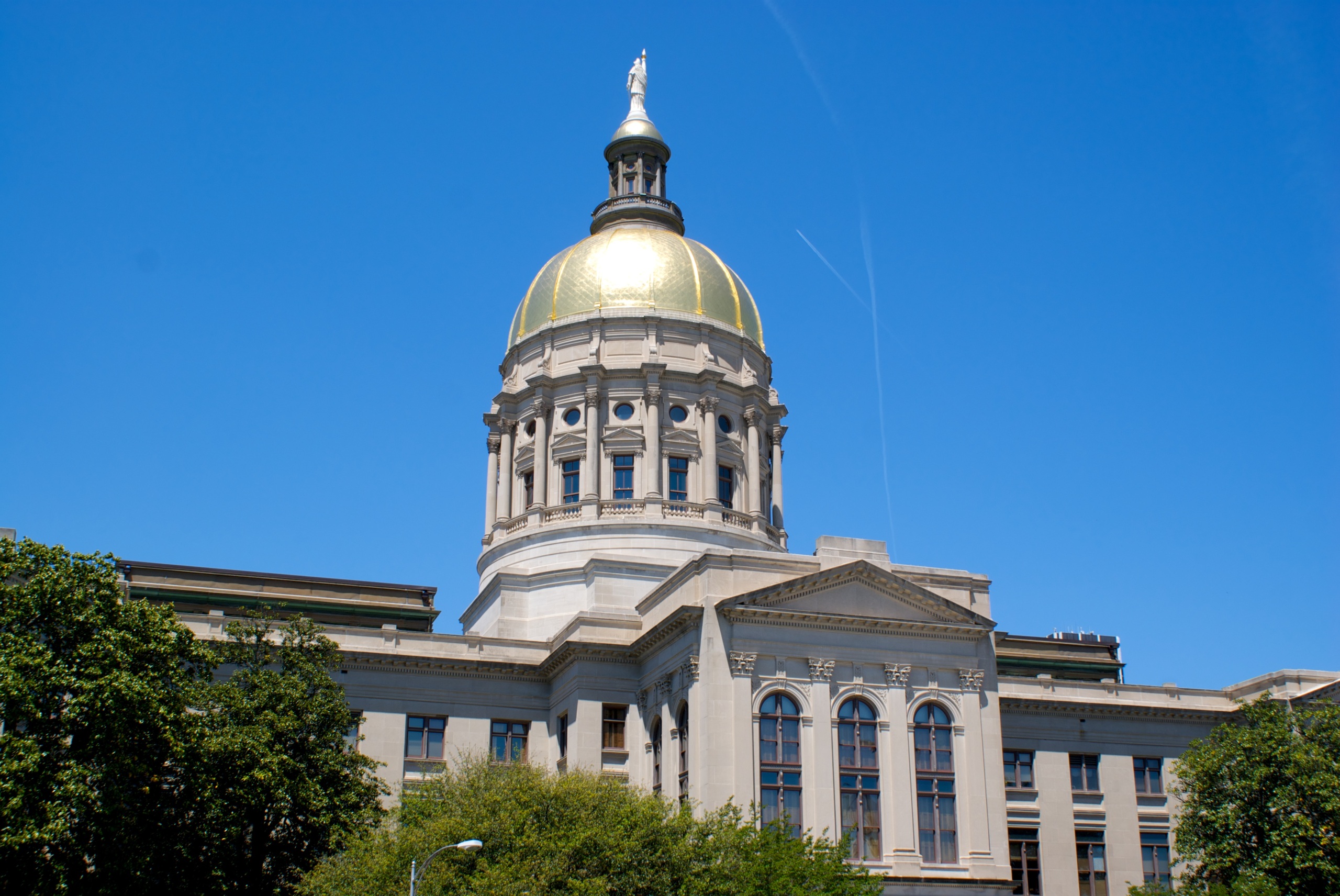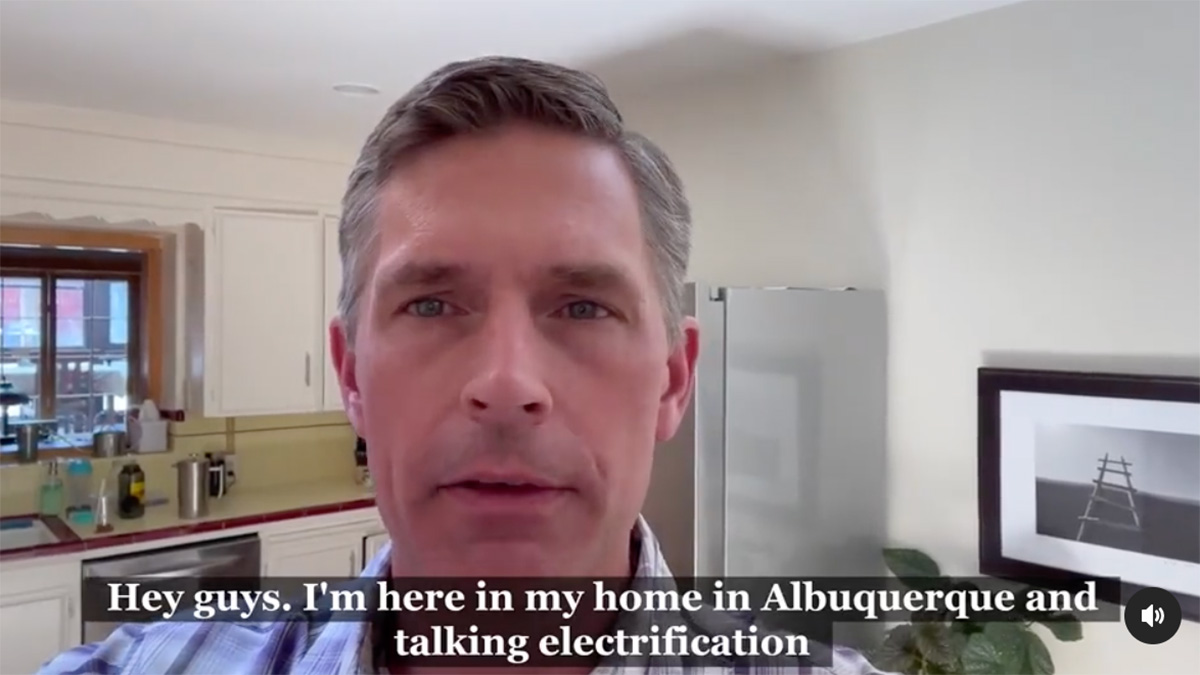
Danger in the Air: Unhealthy Air Days in 2010 and 2011
All Americans should be able to breathe clean air. But pollution from power plants and vehicles puts the health of our nation’s children and families at risk. Ground-level ozone, the main component of smog, is one of the most harmful and one of the most pervasive air pollutants. According to the American Lung Association, nearly half of all Americans – 48 percent – still live in areas with unhealthy levels of smog pollution. Studies show that on days with high concentrations of smog pollution in the air, children and adults suffer more asthma attacks, increased respiratory difficulty, and reduced lung function. Exposure to smog pollution can exacerbate respiratory illness and even cause premature death. Sensitive populations including children, the elderly, and people with respiratory illness are particularly at risk of the adverse health effects of air pollution.
Downloads
Environment America
Executive Summary
All Americans should be able to breathe clean air. But pollution from power plants and vehicles puts the health of our nation’s children and families at risk. Ground-level ozone, the main component of smog, is one of the most harmful and one of the most pervasive air pollutants. According to the American Lung Association, nearly half of all Americans – 48 percent – still live in areas with unhealthy levels of smog pollution. Studies show that on days with high concentrations of smog pollution in the air, children and adults suffer more asthma attacks, increased respiratory difficulty, and reduced lung function. Exposure to smog pollution can exacerbate respiratory illness and even cause premature death. Sensitive populations including children, the elderly, and people with respiratory illness are particularly at risk of the adverse health effects of air pollution.
Though air quality has improved significantly in the last decade as a result of policies at the state and federal level, there is still much to be done, as there are millions of people living in metropolitan areas around the country exposed to multiple days each summer when the air is unhealthy to breathe. This report ranks metropolitan areas for their unhealthy air days in 2010 and 2011.
This report also presents data indicating that the problem may have been even worse than we thought. Because the national health standard for smog pollution set in 2008 was set at a level that scientists agree is not protective of public health, people across the country have been exposed to days of poor air quality each summer without even knowing it. We have calculated the additional days on which the air was unhealthy to breathe, according to a pollution threshold that is more consistent with what scientists say is necessary to protect public health. But because the 2008 standard was set too loosely, the public was not alerted to these days of unhealthy air.
The major data and findings of our report are broken down into the following categories:
National rankings of the smoggiest metropolitan areas across the country in 2010: The top five smoggiest metropolitan areas in the country in 2010 were in California. Riverside-San Bernardino, CA ranked as the smoggiest metropolitan area in the country with 110 smog days – meaning that the area, home to more than 3 million residents, had unhealthy air on one out of three days in 2010. Baltimore, MD; Washington, DC-MD-VA-WV; Philadelphia, PA-NJ; Houston, TX; and Atlanta, GA made up the rest of the top-ten smoggiest metropolitan areas list for 2010.
Rankings of smoggiest cities across the country by population size:
- Of large metropolitan areas, or those with populations over 1 million people, Riverside-San Bernardino, California suffered the worst smog pollution in 2010 by far, with 41 more days than the area in second place: Los Angeles-Long Beach, CA. The top five continue with Baltimore, MD; Washington, DC-VA-MD-WV; and Philadelphia, PA-NJ. Two metropolitan areas in each of the following states were among the top 20 smoggiest large areas for 2010: New Jersey, New York, North Carolina, Ohio, Pennsylvania, and Texas.
- Among mid-sized metropolitan areas, or those with populations between 250,000 and 1 million people, areas in California again topped the list for worst smog pollution, followed by areas in Tennessee, Delaware, New Jersey, Louisiana, Alabama and Ohio. The top twenty smoggiest mid-sized metropolitan areas include three areas in both Ohio and Pennsylvania and two areas each in Louisiana, Texas and Connecticut.
- San Luis Obispo-Atascadero-Paso Robles, California was the smoggiest small metropolitan area (population less than 250,000) in 2010. Three places in Wisconsin were among the top 10 smoggiest small metropolitan areas.
State-by-state rankings of smog in 2010: Across the state of California, there were 135 days in 2010, or more than a third of the year, when at least part of the state experienced smog levels exceeding the health standard. California, Texas, Utah, Maryland, Pennsylvania, New Jersey, Ohio and New York each had at least 30 days in 2010 when part of the state experienced smog levels exceeding the health standard – as many as a month’s worth of days when breathing the air could put people’s health at risk. Seventeen states experienced at least one “red alert” day for unhealthy air, indicating pollution levels high enough in a particular area so that anyone could start experiencing adverse health effects. Nine states did not record any days in 2010 on which levels of smog pollution exceeded the standard: Alaska, Hawaii, Idaho, Montana, Nebraska, North Dakota, South Dakota, Vermont and Wyoming.
National rankings of the smoggiest metropolitan areas across the country in 2011, through August 21: The areas of Los Angeles-Long Beach-Riverside, CA; Atlanta-Sandy Springs-Gainesville, GA-AL; Fresno-Madera, CA; Washington-Baltimore-Northern Virginia, DC-MD-VA-WV; and New York-Newark-Bridgeport, NY-NJ-CT-PA are the top five areas with the most smog days so far this summer, through August 21, 2011.
The air was unhealthy to breathe many more times in 2010 and in 2011 than the public was alerted to because the 2008 standard was not set at a level to protect public health. To demonstrate the discrepancy between the ozone standard set in 2008 (75 parts per billion) and a level that scientists agree is more protective of public health (60-70 parts per billion), this report also looks at the number of times that air monitors recorded a level of 71-75 ppb in 2010, and calculates how many additional days in each metropolitan area the public was exposed to unhealthy air according to a more protective level of 70 ppb. For example, in the Riverside-San Bernardino, CA area, there were 110 days when pollution levels exceeded the existing health standard, but there were an additional 25 days on which pollution levels exceeded a level that scientists agree is more protective of public health.
Policy Recommendations
To protect the health of our children and people across the country, many steps can be taken both at the state and federal level to reduce dangerous pollution.
First, EPA must set a National Ambient Air Quality Standard for ground-level ozone within the range of 60 to 70 parts per billion averaged over eight hours, as unanimously recommended by the independent board of air experts and scientists created under the Clean Air Act to provide periodic review and recommendations on air quality standards. The Obama administration considered updating the 2008 standard, but decided in early September 2011 to abandon this effort and update the standard in 2013.
Pollution from cars and trucks, which accounts for a third of smog-forming nitrogen oxide emissions in the United States, must be cleaned up by developing cleaner and more efficient vehicles and by improving and expanding public transportation systems.
State and federal governments should accelerate the transition away from fossil fuels and toward a clean energy economy, by passing policies to ensure we get more of our energy from clean, renewable sources such as wind and solar power.
Lastly, Congress should eliminate subsidies that help keep our nation dependent on polluting fossil fuels that put our health and environment at risk.
Topics
Find Out More


Lawn care goes electric

Clean cooking tips from Sen. Heinrich



